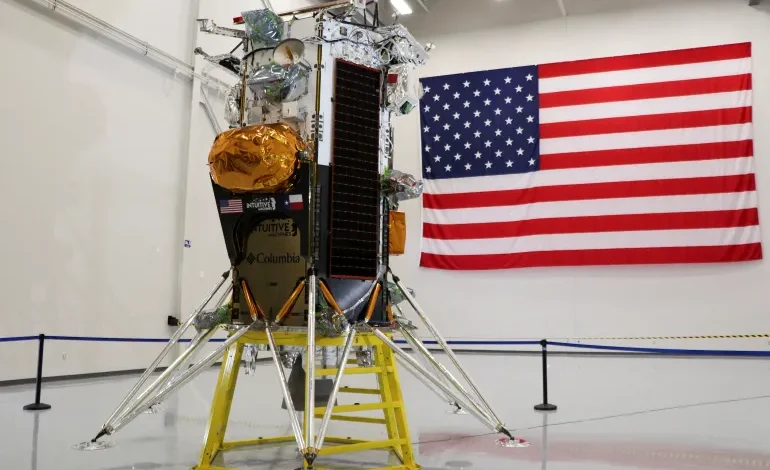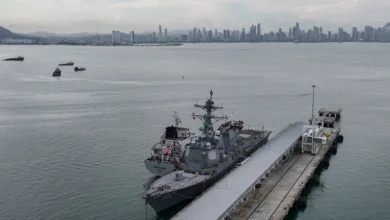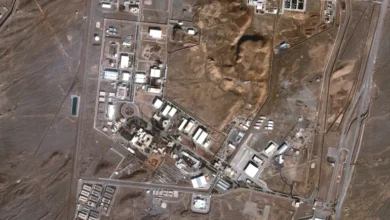Odysseus completes first US moon landing in 50 years: How did it unfold?

The Odysseus lunar lander has made the first United States landing on the moon in more than 50 years, in what has been described as similar to a “cargo mission”.
The moment marks the first successful landing of a commercial spacecraft on the moon, following an unsuccessful US lunar lander mission last month.
What’s the Odysseus moon lander?
Odysseus is the first craft launched from the US to land on the moon’s surface since the Apollo 17 in 1972.
Odysseus, also known as “Odie”, is a type of lunar lander designed by Intuitive Machines, a commercial lunar missions group which has the goal of delivering small “payloads” to the surface of the moon.
For this mission, during which the environment at one of the moon’s poles will be investigated, NASA paid Intuitive Machines $118m under a programme known as Commercial Lunar Payload Services (CLPS).
According to EVONA, a space industry recruiter, “a payload is the part of a spacecraft that is responsible for achieving the mission’s primary objectives … [they] can be scientific instruments, communication equipment, or any other specialised equipment that is needed for the mission”.
This model of lunar lander is called a Nova-C. Intuitive Machines reportedly described it as roughly the size of a British telephone booth with legs attached. According to NASA, it’s a hexagonal cylinder with dimensions of 4.0 metres tall and 1.57 metres wide.
The lander is equipped with five NASA payloads and one commercial one – a total of 100kg.
NASA’s cargo comprises exploration and other equipment. “The NASA payloads will focus on demonstrating communication, navigation and precision landing technologies, and gathering scientific data about rocket plume and lunar surface interactions, as well as space weather and lunar surface interactions affecting radio astronomy,” the space agency said in a statement.
According to Joel Kearns, the deputy associate administrator for exploration in NASA’s Science Mission Directorate, this is similar to a cargo mission.
“NASA pays a company to take our equipment, our science, to the moon all the way down to the surface and get our data back,” Kearns told Al Jazeera.
“But this is the company’s mission, they go off and make their lander, they buy a rocket, they design their mission, they get all their communications set up, we are just a paying cargo customer, just as if we were shipping a parcel to somebody’s house,” he added.
Art and technology are also on board. Among the items is a box from American artist Jeff Koons which contains 125 small stainless steel balls to represent the moon’s different phases through a month. The artwork is associated with individuals who have made important accomplishments in history.
“In this way, Koons honours some of the greatest achievements of the past to inspire future generations,” Intuitive Machines said.










